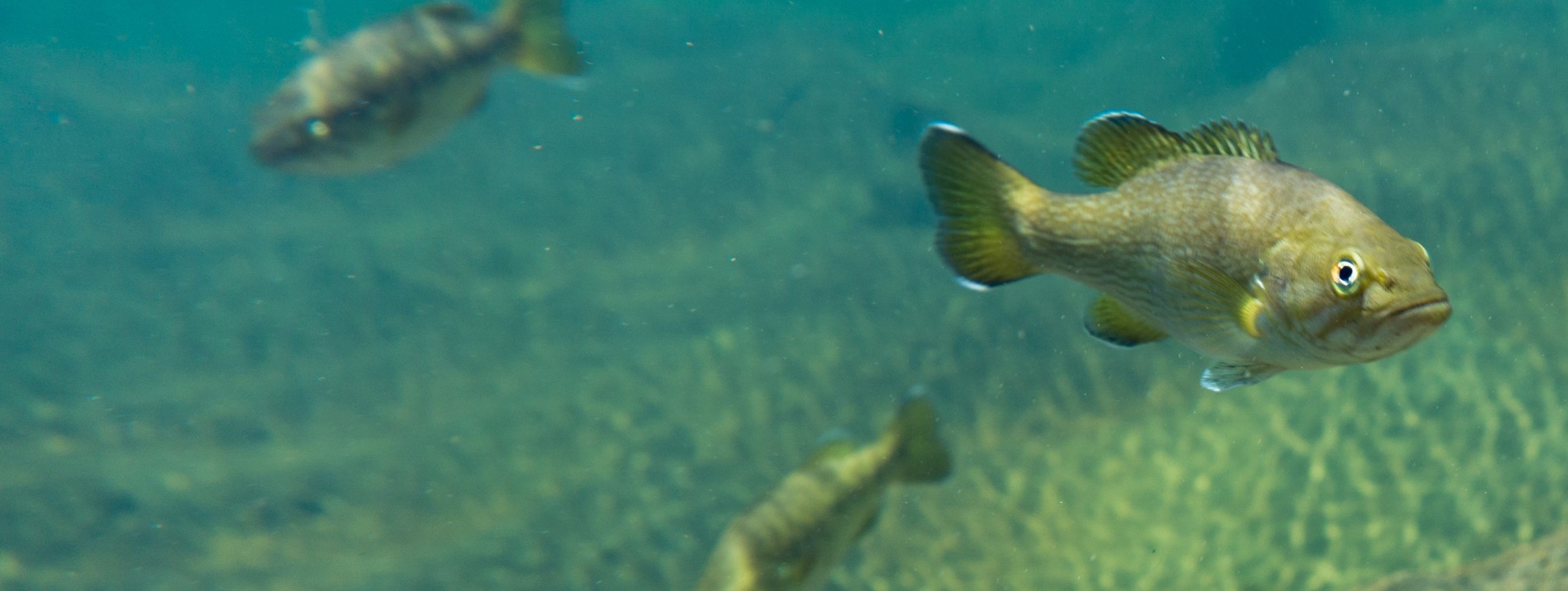
Blog

What Are Fish Kills and How Can They Be Prevented?
February 22, 2023
By Jack Crawford
Fish kills in lakes and ponds can occur for a variety of reasons, and they can have serious ecological and economic consequences. A fish kill is an event in which a large number of fish die within a short period of time, often due to factors that are beyond the fish’s ability to adapt.
One of the most common causes of fish kills in lakes and ponds is a lack of oxygen in the water. Oxygen is essential for fish to breathe, and when the oxygen concentration in the water drops below a certain level, fish can suffocate. The lack of oxygen can be caused by a variety of factors, including high water temperatures, algae blooms, and pollution. High water temperatures can cause the oxygen levels to drop as warm water holds less oxygen than cold water. Algae blooms can also reduce oxygen levels in the water. Pollution can cause oxygen depletion as the bacteria that break down pollutants use up oxygen in the process.
Another common cause of fish kills in lakes and ponds is excess nutrients leading to the growth of algae blooms. Nutrients such as phosphorus and nitrogen can enter the water from sources such as agricultural runoff and sewage, and when these nutrients accumulate in the water, they can fuel algae growth. While some algae are harmless, excessive growth can lead to harmful algal blooms, releasing toxins that are deadly to fish and other aquatic life.
Algal blooms can also lead to oxygen depletion in the water as the algae die and decompose, using up available oxygen in the process. This can cause fish to suffocate and die in large numbers. Additionally, some types of harmful algae produce toxins that accumulate in fish tissue, making them unsafe to eat.
Preventing excess nutrient pollution is a critical step in averting the kinds of algal blooms that cause fish kills. This can be done through a variety of strategies, such as reducing the use of fertilizers and other nutrient-rich products, promoting responsible agricultural practices, and adding wetland plants to the area to help filter nutrients. In addition, managing aquatic vegetation and controlling invasive species can help to prevent the buildup of organic matter that can fuel algae growth.
Bio-Health Pods offer a solution to the fish kill problem. They work by aerating the water while growing and distributing beneficial bacteria that consume the excess nutrients. This helps reduce nutrient levels keeping them at healthy levels. Additionally, the aeration component helps to ensure that the fish have plenty of dissolved oxygen to survive. Bio-Health Pods combined ability to increase dissolved oxygen while lowering nutrient levels help prevent and even reverse the issues that lead to fish kills.
